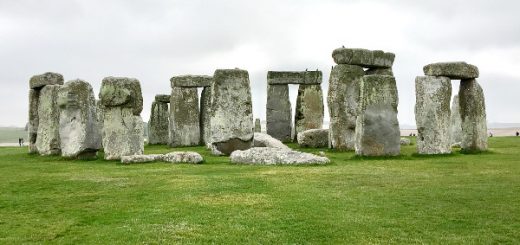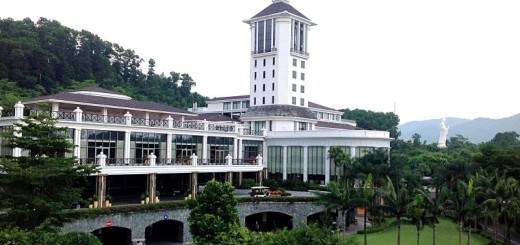The Wilds of North Wales
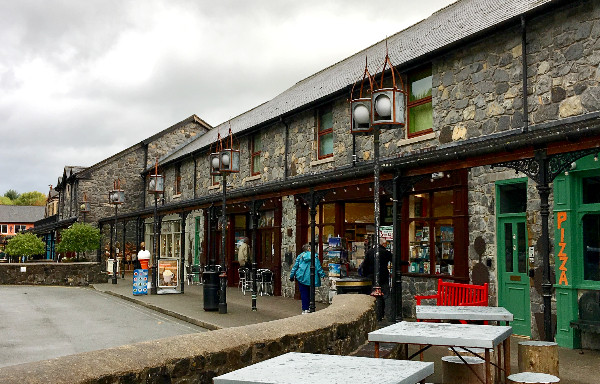
A day on our coach tour was dedicated to the mountainous splendour of North Wales. The first stop was the beginning of our wrestle with the unique language of Wales – the little village of Betws-y- Coed (prayer-house in the wood). After an hour and a half in our coach we were ready to stop for a quick coffee break at this charming rubble stone station which incorporates gift shops and a café. Further along the old goods yard now houses a railway museum and miniature railway.
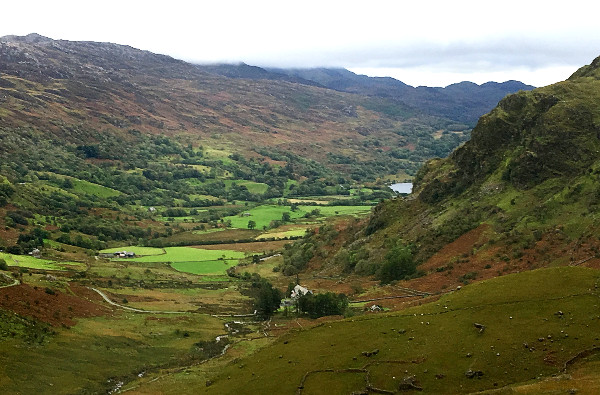
From there we entered the Snowdonia National Park (Parc Cenedlaethol Eryri), an area replete with rugged, steep sided mountains and ridges, with narrow valleys the only place to successfully use as farming land. The weather that day made it difficult to spot the famous Snowdon (Yr Wyddfa), the highest mountain in Wales at 1,085m, as it disappeared into the cloud.
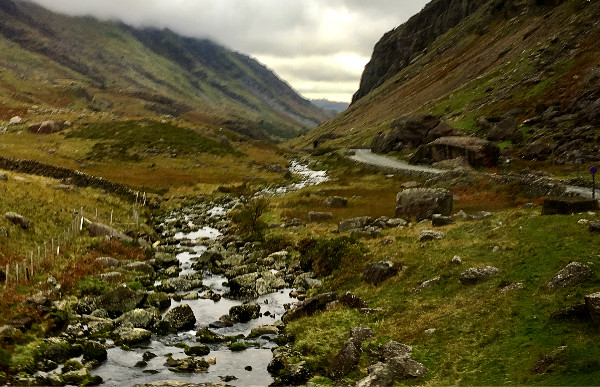
Not surprisingly, life in this rugged terrain is harsh and difficult, but the views are spectacular. Here the water of the Afon (River) Nant Peris flows through the Llanberis Pass on its way through several lakes and joining other rivers before it reaches Caernarfon and the Menai Strait as Afon Seiont. This was the main destination of the day’s touring.

Chief among the sights of Caernarfon is the huge, imposing castle, established in 1283 on the site of an earlier one, built on the order of Edward I. The building project, which included town walls and a quay, took 47 years to complete. When his son, also Edward, was born, the prince was given the title of Prince of Wales, the first ever, and the tradition to invest the monarch’s eldest son thus has continued for 700 years. It was here that Prince Charles was invested in 1969.

The castle sits on a defensive site at the junction of the Afon Seiont and the Menai Strait, facing the Isle of Anglesey. From this angle, the enormity of the design is more apparent. The quay is now a car park and the 13th century town walls are still visible in places. The area was declared a UNESCO World Heritage Site in 1986.
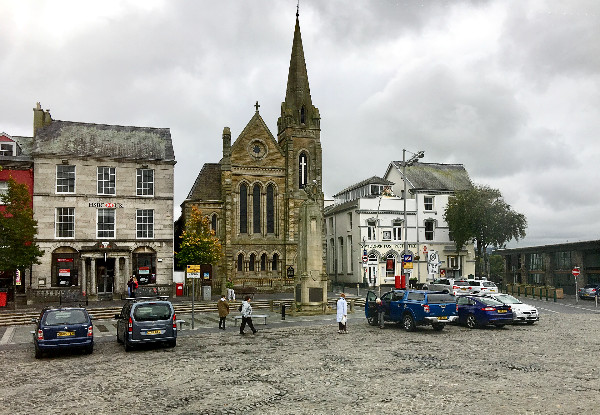
The main town square, Castle Square (Y Maes), lies to the east of the castle. It is lined on two sides with cafés, inns and gift shops, a bank, post office and chapel. The town market is held here each Saturday. For a town with such an important castle and royal heritage, it surprised me to learn it had less than 10,000 people. The weather that day certainly kept the locals indoors!
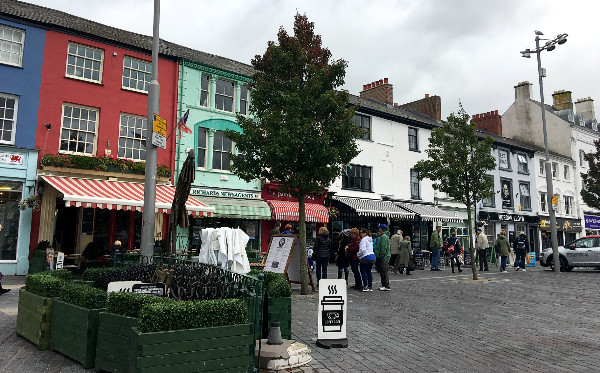
Our travelling companions outside the cafés were keen to warm themselves up with a hot brew before we set off once more. We weren’t finished with Wales yet, but we had to return to Liverpool that night for our accommodation. The next day we would again cross into Wales to visit Cardiff, the capital of Wales, after a brief detour to Chester and Ludlow.
